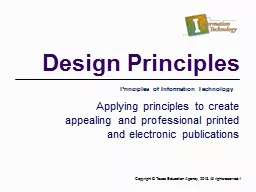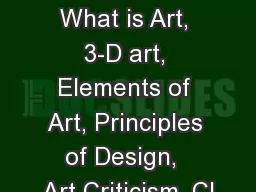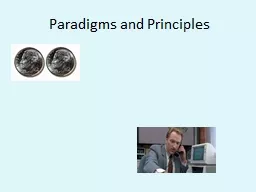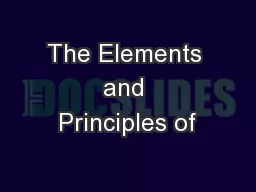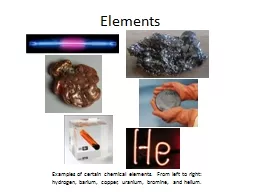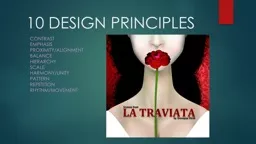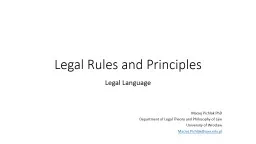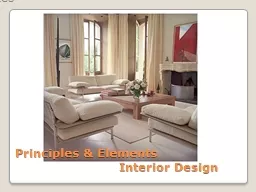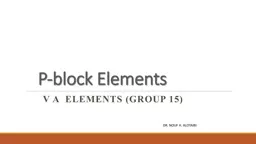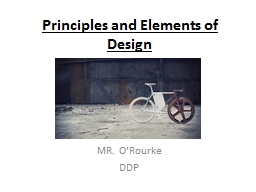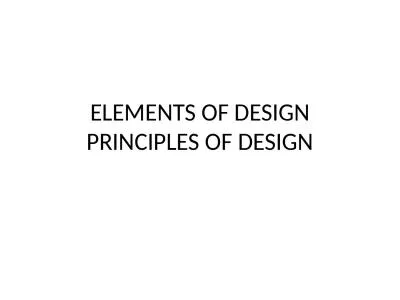PPT-Elements and Principles
Author : kittie-lecroy | Published Date : 2016-10-16
of Art and Design Elements Value To show Line Shape Form Space Value The degree of lightness or darkness in a particular shade of gray or color Used to show contrast
Presentation Embed Code
Download Presentation
Download Presentation The PPT/PDF document "Elements and Principles" is the property of its rightful owner. Permission is granted to download and print the materials on this website for personal, non-commercial use only, and to display it on your personal computer provided you do not modify the materials and that you retain all copyright notices contained in the materials. By downloading content from our website, you accept the terms of this agreement.
Elements and Principles: Transcript
Download Rules Of Document
"Elements and Principles"The content belongs to its owner. You may download and print it for personal use, without modification, and keep all copyright notices. By downloading, you agree to these terms.
Related Documents




